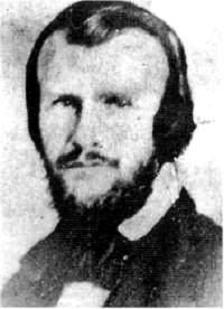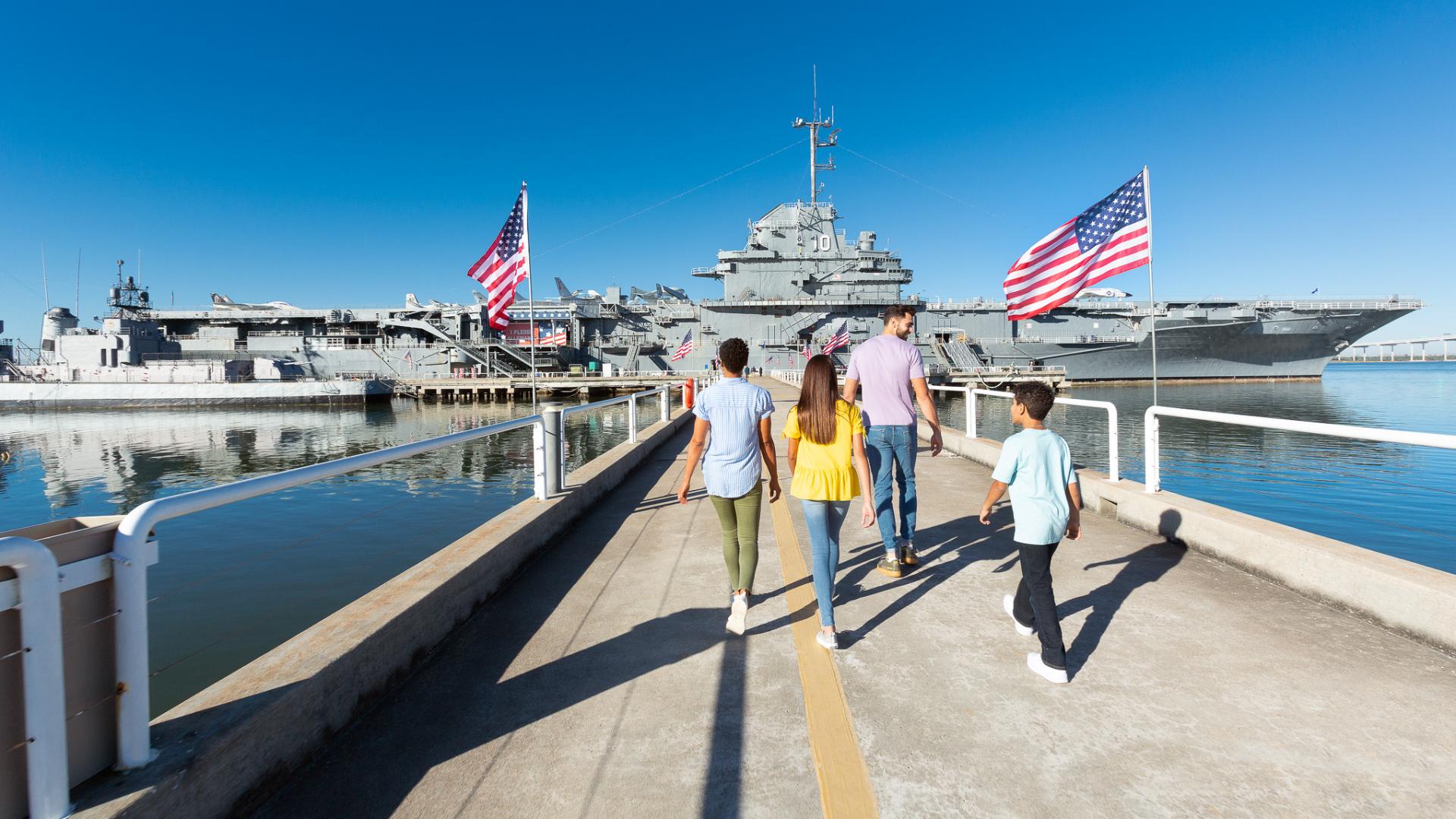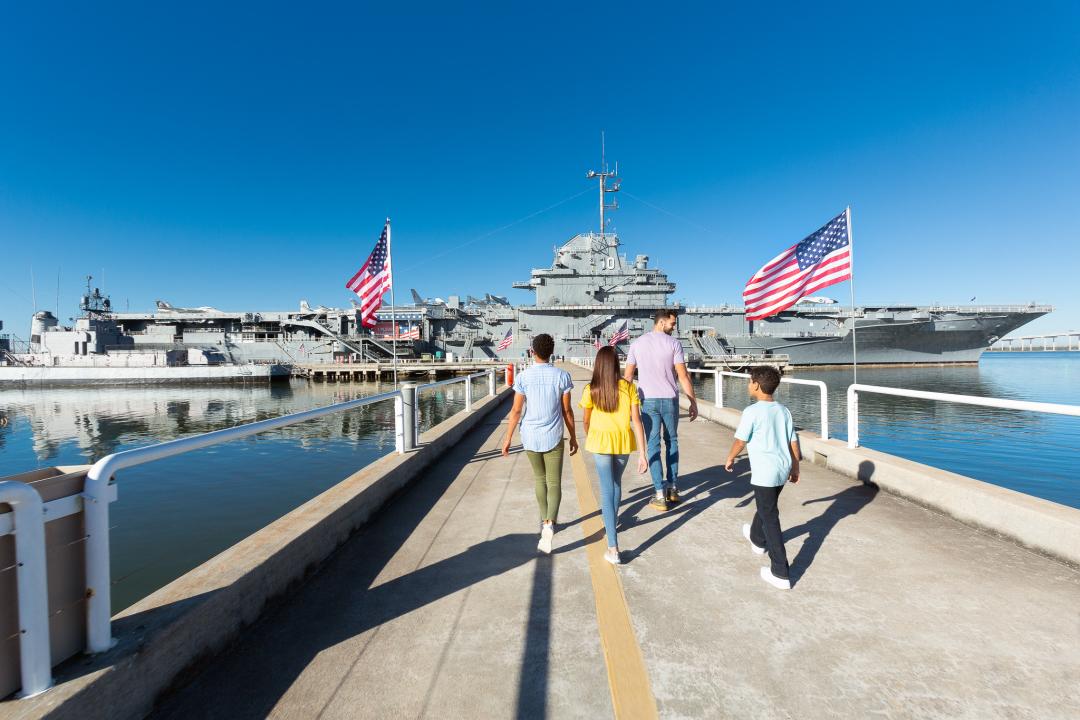
One hundred and forty-six years ago today, Horace Hunley was brought up from the depths of Charleston Harbor, not far from the Yorktown's present location, along with the 2nd crew of his new submarine. He was born in Tennessee, but grew up in New Orleans. Trained as a lawyer and a member of the Louisiana state legislature, he turned his talents and interests to the future world of submarines with the advent of the Civil War.
Hunley formed a team with James R. McClintock and Baxter Watson in building his first submarine called the Pioneer, which was scuttled to prevent capture when New Orleans fell in 1862. Interestingly, New Orleans was captured by another gentleman who was born in Tennessee and grew up in New Orleans, David Glasgow Farragut.

Next, a second submarine was built at Mobile, Alabama, but it sank in Mobile Bay. A third submarine financed solely by Hunley was named H. L. Hunley in his honor. This manual powered submarine had successful trials in Mobile Bay, and was secretly shipped to General Beauregard for the defense of Charleston Harbor in August 1863.

On 15 October 1863, while the Hunley's skipper Lieutenant Dixon was away, Horace Hunley decided to take out the submarine himself for tests. While attempting to dive and travel underneath an anchored ship in Charleston Harbor, the Hunley entered a steep dive and buried its nose in the mucky bottom. The eight crew members onboard died. Horace Hunley and Thomas Parks were at the two hatches, where they were asphyxiated. The other six crew members drown in the partially flooded submarine. They were all from Mobile and experts on the Hunley: Robert Brockbank, Charles McHugh, John Marshall, Henry Beard, and Joseph Patterson.
Three days after this dive, the Hunley was found by divers and its crew removed and buried at Magnolia Cemetery in Charleston, South Carolina.
For an extensive look at Hunley history and manuscripts read more here at the Naval Historical Center.


